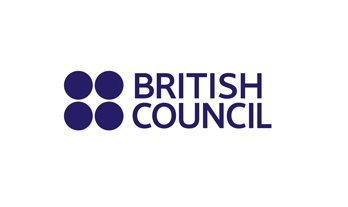We’ve all been there. You’re writing an email to a client or colleague. Before you hit send, you quickly skim your email for errors. Grammar, spelling and punctuation? Everything looks fine. You click send, confident of a job well done.
Later, you receive a reply and something isn’t quite right. Your usually cordial colleague seems oddly distant. Your long-term client’s response to your enquiry is terse. Frankly, it’s all a bit awkward. What could have gone wrong?
To avoid situations like this it’s crucial to strike the right tone in your emails.
What is tone?
When we interact face-to-face, we use both verbal and non-verbal means to communicate our message effectively. Our facial expressions, body language and voice do a lot of the hard work for us.
Consider the word ‘OK’. Even this simplest of utterances can be delivered in myriad ways. Try saying ‘OK’ as if you’re ecstatically happy. Then say it like you’re angry, bored or disappointed. Hear the difference?
When speaking, we are skilled at modifying our tone of voice to reflect our attitude. We know that it’s not only what we say that’s important, but how we say it.
However, in writing it’s a lot more complicated, especially in a second language.
Communicating tone in writing
Open up your WhatsApp inbox. Chances are that your messages are a mixture of short texts and emoji. Have you heard the expression ‘a picture paints a thousand words’? That’s exactly what emoji do – they signal the writer’s emotional tone. In recent years, we have become accustomed to adding a thumbs up, heart-eyes or frowning face to our informal messages to ensure our intentions are not misunderstood by our reader.
However, this is not an option when writing formal emails in a professional context. We have to get our message across using our words alone.
Getting it wrong
Imagine you have written a stern complaint email about a late delivery. This situation has caused your company serious issues to the point where your boss is talking about finding a new supplier.
You receive a reply from the supplier which begins; ‘Hey Anson. Cheers for the message. Sorry your order is a bit late!’
How would you feel? Acknowledged? Listened to? Unlikely. Perhaps you would even start looking for a new supplier.
In misjudging the situation and using an inappropriately casual tone, the writer has unintentionally damaged the relationship. Tone matters.
Know your audience
To get results, we must always consider the expectations of our audience. Before writing, ask yourself:
- What is my relationship with the reader?
- How well do we know each other?
- What is the purpose of my email?
- What is my intended outcome?
Next week in part 2, we focus on opening and closing messages appropriately, making positive language choices and why short isn’t always sweet when it comes to email.






